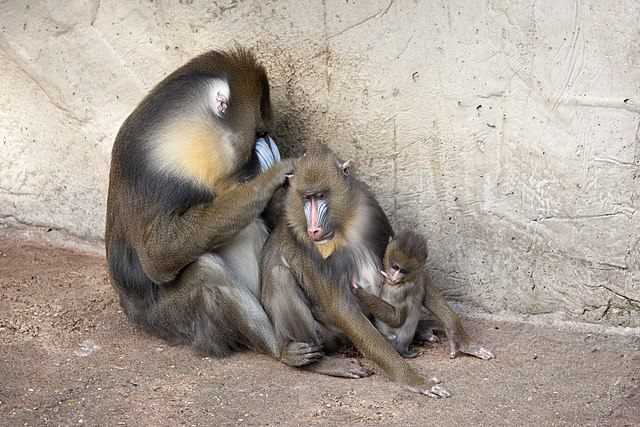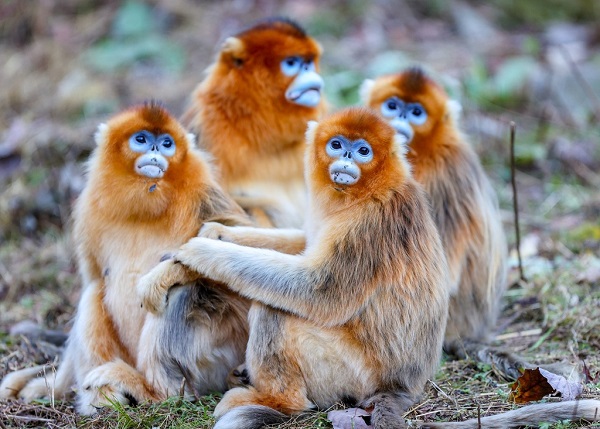Mandrill Blog Post 5
Mandrill Blog Post 5
The Multidimensionality of Female Mandrill Sociality
Exploring the Multidimensionality of Female Mandrill Sociality: Insights from Recent Research
In the field of primate research, grasping social interactions is essential for understanding the complexities of animal behavior and their environment. A recent peer-reviewed study by Andres Pereira (2020) called "The multidimensionality of female mandrill sociality—A dynamic multiplex network approach" sheds light on the social connections among female mandrills by using advanced social network analysis methods. This blog post summarizes the key findings of the article and provides a thoughtful examination of what these findings mean for our knowledge of mandrill biology and their conservation efforts.
Summary of Findings
The study used a multiplex network method to look at how six to seven adult female mandrills interacted in captivity. The researchers focused on three types of interactions: aggressive behavior, closeness, and grooming. They created two multiplex networks for two different times they observed the mandrills. The findings showed that female mandrills have complex and changing relationships, with different individuals playing key roles in each type of interaction and at different times.
Key findings:
1. Dynamic Relationships: The study demonstrated that social relationships among female mandrills are not static; they change over time and are influenced by demographic factors, such as the maturation of individuals and the presence of infants.
2.Non-redundant Information: Each type of interaction provided unique insights into the social structure, indicating that a comprehensive understanding of mandrill sociality requires analyzing multiple interaction types simultaneously.
3. Centrality and Versatility: Different individuals emerged as central figures in various layers of the network, highlighting the complexity of social roles within the group. For instance, Nefertari was central in the agonism layer, while Mirinda excelled in grooming interactions.
4. Support for Multilayer Analysis: The study's analysis showed that combining different types of interactions would result in losing important information. This highlights the importance of using a multilayer approach in social network analysis.
Analysis:
Pereira's research is innovative because it uses multiplex network analysis to study social interactions in primates, focusing on the mandrill, a species that hasn't been widely examined in this way. By looking at different types of interactions instead of just one, like grooming, the study challenges the usual methods of understanding social relationships. This broader view is important for grasping the complexities of primate social life, as it better reflects their actual social behaviors.
Additionally, the findings are important for conservation efforts. By understanding how mandrills interact socially, we can develop better strategies to protect their natural habitats and reduce the effects of human activities. For example, recognizing the significance of female social connections can help conservationists create environments that nurture these bonds, which can strengthen the species' ability to survive.
However, the study has some limitations. The captive environment may not accurately represent the social structures of wild mandrills, and the small number of subjects makes it hard to apply the findings to all mandrills. Also, the study's focus on undirected data might miss important details about how interactions flow, which is vital for understanding how social behaviors affect survival and fitness.
Reference Article:
Pereira, A. S., Rebelo, I. D., Casanova, C., Lee, P. C., & Louca, V. (2020). The multidimensionality of female mandrill sociality—a dynamic multiplex network approach. PLoS One, 15(4), e0230942.





Comments
Post a Comment